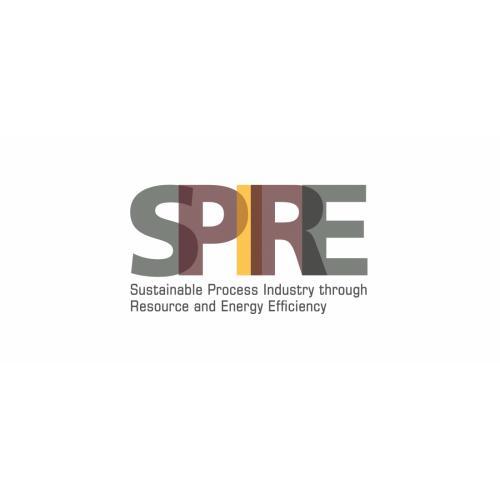Introducing SPIRE-2014 projects
The SPIRE (Sustainable Process Industry through Resource and Energy Efficiency) PPP has been working hard under Horizon 2020 since its official launch in December 2013 and the first fruits of its labours were presented on the afternoon of 29 June as a curtain raiser to the 3rd SPIRE Brokerage event that took place on 30 June 2015.
Opening the event at the Crowne Plaza Le Palace hotel A.SPIRE executive director Loredana Ghinea introduced Jose-Lorenzo Valles Head of Unit for Advanced manufacturing systems and biotechnologies of European Commission. He said the PPPs in the Horizon 2020 programme were of key strategic importance. The contractual PPP model – as used for SPIRE - allowed the Commission to take a lighter touch but relied on significant involvement by the stakeholder communities. For SPIRE mobilising the community was clearly not a problem as he noted that the two SPIRE calls in 2014 had seen industry participation at 60%. Finally he emphasised that it was imperative that Horizon 2020 projects made an impact. “Public stakeholders and European tax payers required this,” he concluded. “We need to use the knowledge we are generating in SPIRE.”
Soren Bowadt of the European Commission then described the SPIRE calls in 2014 and 2015. He thought that SPIRE represented a “Great achievement by the whole community over the past two years” and noted that SPIRE projects were generally larger than those undertaken by previous PPPs. The quality of submitted project proposals had been excellent with high industrial participation including by SMEs.
SPIRE related call topics in 2014 included not only the SPIRE 1, 2, 3 and 4 calls but also EE18 (energy efficiency), LCE2 (low carbon economy) and WASTE 1 – all part of the wider SPIRE picture.
Mr Bowadt also briefly talked about the results of the 2015 calls: SPIRE 5, 6, 7, and 8 together with second calls under EE18 and LCE2. Thirteen proposals had been retained for funding and there seemed to be an increased SME participation.
Manuel Irun-Molina from the Executive Agency for Small and Medium-Sized Enterprises (EASME) described the WASTE 1 call results for 2014. The call was clearly related to SPIRE’s objectives with the title: ‘Moving towards a circular economy through industrial symbiosis’. The call was based on societal challenge 5 in the Horizon 2020 programme. Five projects had been funded of which four would present later in the day. The fifth project - RESYNTHEX (Towards a circular economy: From textile industry to Chemical products) – aimed to demonstrate a 500 tonnes per annum textile recycling plant.
The industry view of SPIRE was given by Loredana Ghinea. She saw the relationship between the partners and the Commission as “Like a tango involving flexible, large embraces … and complex figures!” SPIRE now had 132 members with good representation from all eight sectors covered by the PPP. The advantages of being in SPIRE were clear - not least being able to help shape the priorities and needs of the sector. A key role going forward was to monitor progress in the projects and to ensure that their work and results were related and relevant to the SPIRE roadmap. This was very important as SPIRE was expected to deliver and demonstrate at least 40 innovative systems and technologies by 2020.
In the following session fifteen projects presented their objectives, activities and expected outcomes. The project presentations can be found below. Short introduction to each project is also available in video and can be watched at this link.
SPIRE1-2014 projects
RECOBA
ProPAT
DISIRE
iCspec
CONSENS
SPIRE2-2014 projects
SPIRE4-2014 projects
EE18-2014 projects
WASTE 1-2014 projects
FISSAC
CABRISS
RESLAG
H2020 Waste-1



